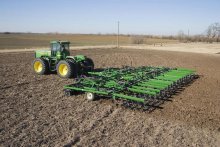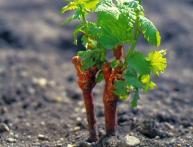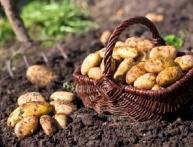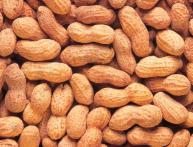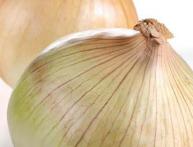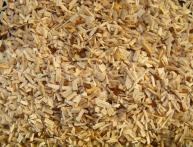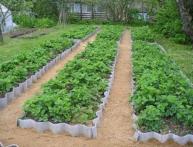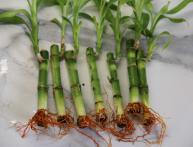What is soil harrowing?
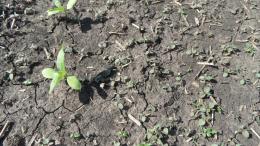
Spring has arrived, which means it's time to think about harrowing the soil. Winter snow begins to melt rapidly, saturating the soil with much-needed moisture. Unfortunately, water tends to quickly evaporate through small capillaries.
To stop this process and enable soil satiated with the necessary moisture, the soil is loosened, or rather harrowed. When is the best time to start the procedure, and what is needed for this, our article will tell you.
Content:
- When is the best time to start the procedure?
- Main types of harrowing
- Is harrowing the soil really necessary?
When is the best time to start the procedure?
Harrowing is a complex process that cannot be imagined without the use of special equipment, with harrows. It is better to loosen the soil in early spring, when the snow has melted. Most often, the procedure is carried out in early or mid-March. It should also be noted that in some cases they harrow priming and in autumn.
Harrowing will “close” the soil to prevent moisture evaporation. The soil surface is leveled, the soil is loosened to a fine state, due to which water evaporation is reduced.
Harrowing is carried out using special equipment (tractors) and furrows (cultivators). Remember that it is best to start loosening the soil when the melt water has subsided into the ground. There are several main types of harrowing.
Main types of harrowing
- Zagonnoe. This type of soil loosening involves harrows reaching the edge of the field.In this case, harrowing takes place in two stages - forward and backward.
- Figured. The soil is loosened in a circle; the pens that harrow the soil are square in shape.
- Transverse diagonal. The most ideal type of harrowing. With this type of driven work, the movements of the harrow teeth do not coincide with the direction of plowing. Most often, this method of cultivation is used by modern gardeners.
Using this procedure will help not only saturate the soil with moisture, but also level it. Harrowing is also carried out in the fall. This method of cultivating land helps to “feed” it with fertilizers (humus, leaves or special fertilizing).
Thanks to harrowing, the fertilizer penetrates deep into the soil. So, harrowing is a method of loosening the earth, thanks to which the soil is saturated with moisture as much as possible. The procedure is performed in early or mid-March, depending on the climatic conditions of the individual region.
Is harrowing the soil really necessary?
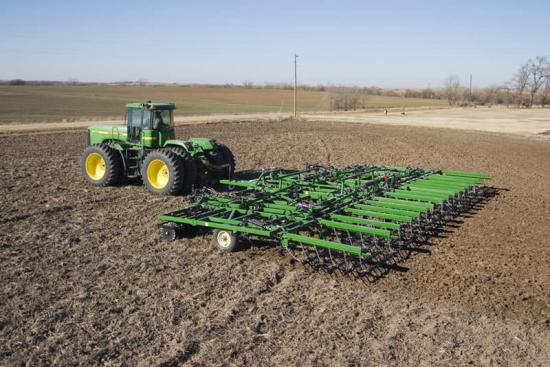
Soil cultivation using harrowing is the basics of agrotechnical techniques. The conditions in which the plants will grow depend on this procedure. Properly and timely cultivated soil is the key to harvesting a good and rich harvest.
It is worth noting that any cultivation of the land has only one goal - increasing the yield. As we found out, harrowing is carried out in early spring, when the soil is maximally saturated with moisture. Seeds that are planted in moist soil have an excellent chance not only to quickly take root and sprout, but also to please their owner with a good harvest.
To the question: Is early harrowing necessary? The answer is obvious - naturally. Timely loosening procedure soil - the key to a good harvest.If you are even one day late with harrowing, then most likely you will collect less harvest per hectare than your neighbor who took care of cultivating the garden on time.
Video about harrowing with a walk-behind tractor:
Purposes of harrowing:
- Grinding the top layer of soil
- Soil saturation with moisture
- Leveling the soil
- Saturation of the soil with fertilizer (autumn)
- Control of garden pests
The last point is also very important. The fact is that the top layer of soil is an excellent place for the deposition of larvae. Pest beetles, such as wireworms, click beetles and others, most often lay larvae in the upper layers of the earth. Plowing soil It helps not only saturate the soil with moisture, but also loosens the larvae to the top, allowing birds to deftly cope with pests hated by gardeners.
If you need to cultivate a small plot of land where it is simply impossible to drive a tractor, we recommend that you look at mini-cultivators and walk-behind tractors. The equipment is very convenient to use and has a compact size. The only negative is that you have to work “manually”.
As practice shows, timely and regular harrowing of the land allows you to increase the number of harvests by as much as 60%. It is important to remember that to cultivate a vegetable garden you need to use a transverse diagonal method of loosening the soil.
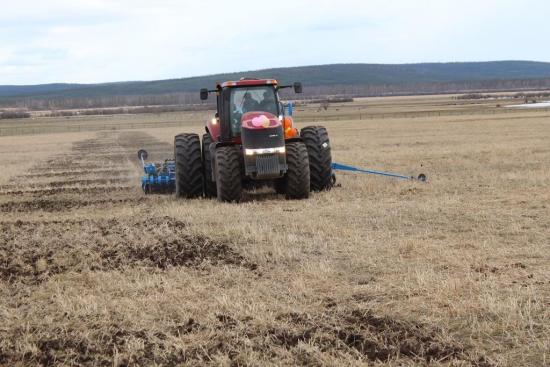
Harrowing is a unique method of soil cultivation. Thanks to this cultivation method soil, drying out of the soil is prevented, the topography is leveled, the soil crust is destroyed, and pests are destroyed. The quality of the procedure depends on the timing of its implementation. Harrow the soil for 1-2 days.

